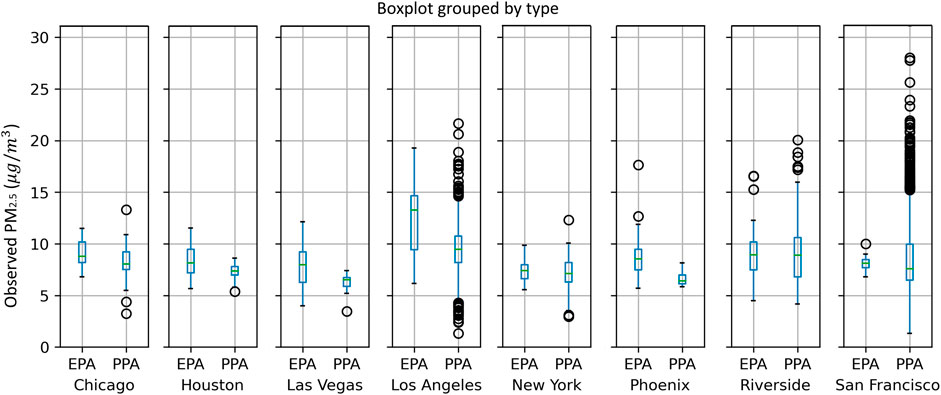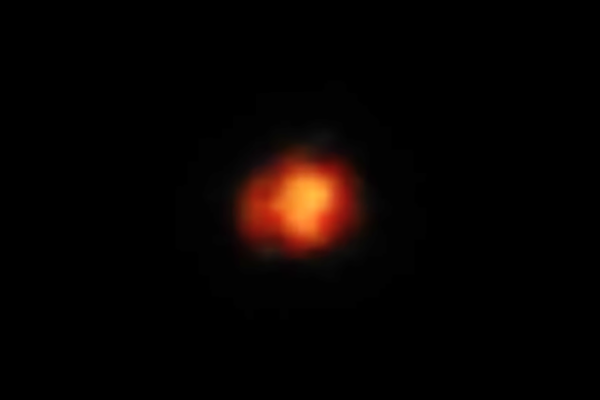2023-08-15 ペンシルベニア州立大学(PennState)
◆ペンシルベニア州立大学主導の研究チームは、人工知能と移動データを活用したモデルを開発し、PM 2.5への暴露を評価し、公衆衛生の専門家に戦略を提供する手助けをしました。この手法は、モデルを改善し、健康に悪影響を及ぼす大気の質を持つ地域を特定し、監視や警報を行うための優先順位を付けるのに役立ちます。
◆自動機械学習を活用することで、モデルの精度が向上し、低コストセンサーとEPAのモニタリングステーションのデータを組み合わせることで、大気汚染の暴露モデルの正確性が17.5%向上しました。
◆これによりモデルは動的な変数を考慮しやすくなり、大気の質に影響を与える要因をより適切に考慮することができると述べています。また、移動データを用いて、PM 2.5の高濃度の地域と高い人の流れを特定することができました。
<関連情報>
- https://www.psu.edu/news/research/story/fresher-air-ai-and-mobility-data-may-improve-air-pollution-exposure-models/
- https://www.frontiersin.org/articles/10.3389/fenvs.2023.1223160/full
低コストのセンサー、自動機械学習、人間の移動ビッグデータを統合することで、高解像度のPM2.5暴露モデルを開発する
Developing high-resolution PM2.5 exposure models by integrating low-cost sensors, automated machine learning, and big human mobility data
Manzhu Yu,Shiyan Zhang, Kai Zhang, Junjun Yin, Matthew Varela, Jiheng Miao
Frontiers in Environmental Science Published:13 July 2023
DOI:https://doi.org/10.3389/fenvs.2023.1223160

Introduction: Traditional methods to estimate exposure to PM2.5 (particulate matter with less than 2.5 µm in diameter) have typically relied on limited regulatory monitors and do not consider human mobility and travel. However, the limited spatial coverage of regulatory monitors and the lack of consideration of mobility limit the ability to capture actual air pollution exposure.
Methods: This study aims to improve traditional exposure assessment methods for PM2.5 by incorporating the measurements from a low-cost sensor network (PurpleAir) and regulatory monitors, an automated machine learning modeling framework, and big human mobility data. We develop a monthly-aggregated hourly land use regression (LUR) model based on automated machine learning (AutoML) and assess the model performance across eight metropolitan areas within the US.
Results: Our results show that integrating low-cost sensor with regulatory monitor measurements generally improves the AutoML-LUR model accuracy and produces higher spatial variation in PM2.5 concentration maps compared to using regulatory monitor measurements alone. Feature importance analysis shows factors highly correlated with PM2.5 concentrations, including satellite aerosol optical depth, meteorological variables, vegetation, and land use. In addition, we incorporate human mobility data on exposure estimates regarding where people visit to identify spatiotemporal hotspots of places with higher risks of exposure, emphasizing the need to consider both visitor numbers and PM2.5 concentrations when developing exposure reduction strategies.
Discussion: This research provides important insights for further public health studies on air pollution by comprehensively assessing the performance of AutoML-LUR models and incorporating human mobility into considering human exposure to air pollution.



